I, me, my coffee and the journey of the bean

There is something special about a cup of coffee. It is hot, potent, and full-bodied. Everyone has a coffee story to share. Let me tell you my story as well. But along with it, I would also like to narrate the journey of the bean itself and the history of coffee in India. We visit the little town of Chikmagalur in Karnataka where it all began and head to some of the estates which are among the many places to see in Chikmagalur.
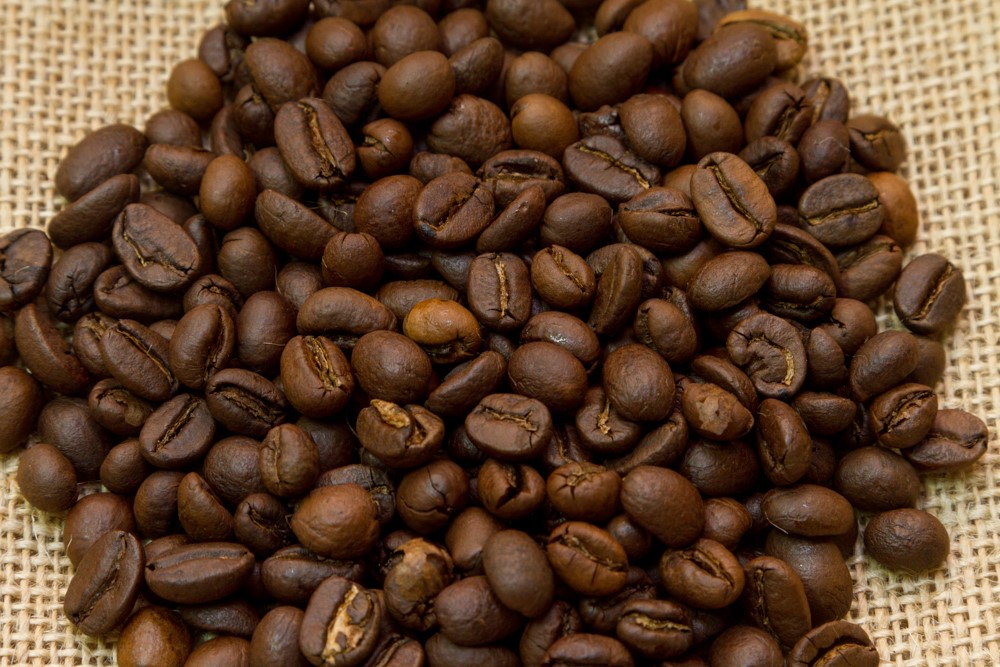
Pic Courtesy – Shivakumar
Coffee to me is more than just a beverage. My story dates back to my childhood, when I was a mere two year old. My late grandfather, a coffee planter who owned over thousands of acres of plantations in Karnataka was the one who introduced coffee to me. But he did not stop with just the bean. He introduced me to the beautiful Western Ghats and the alluring Malenad in Karnataka with places like Chikmagalur, Saklespur, BR Hills when I was a mere child. We grew up in Chennai in a joint family with cousins and our bed time tales were wild tales of tigers and elephants in his path when he used to drive through the jungles to these destinations. Chikmagalur, Saklespur, Agumbe, Sringeri, Hassan, Mysore, Chamrajpet, Belur and Halebeed were my childhood summer haunts as we played in the colonial bungalows and stood in awe as the mist overpowered the mountains.
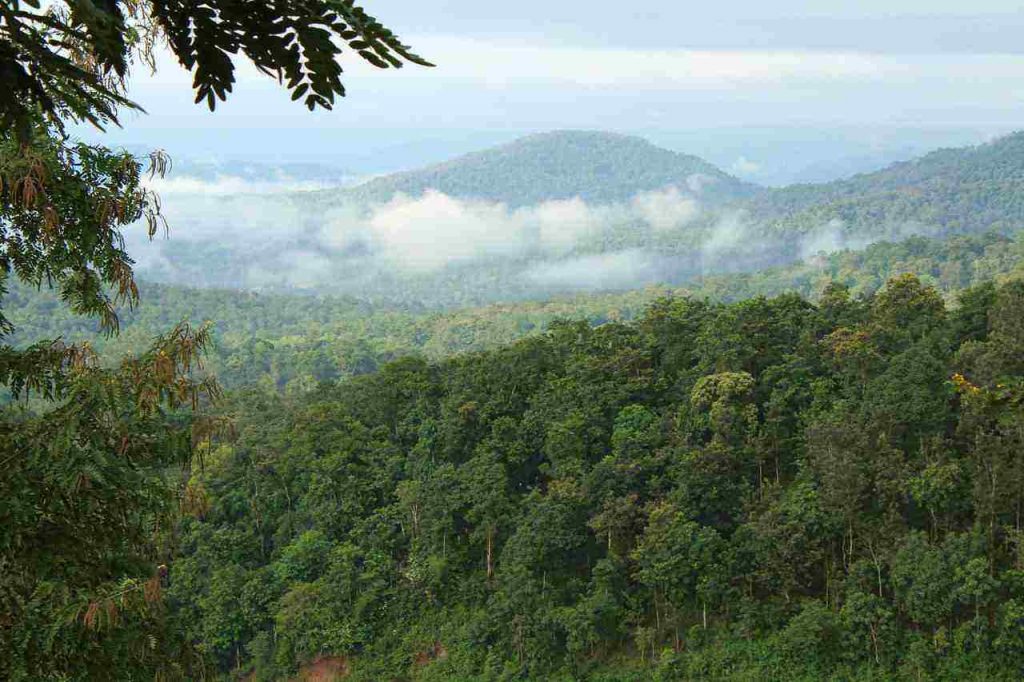
The coffee plantations of Chikmagalur
It was coffee that took me places. I owed my very first international trip to Australia, New Zealand, and South East Asia in my twenties to my grandfather who took me on a coffee delegation tour to these countries. It was followed by another coffee study tour later to South America – to Brazil, Costa Rica and San Salvador. I had been bitten by the travel bug. I did not just become a coffee addict but a travel addict as well. However it took me two decades later to realize that. On this International Coffee Day, I am so grateful to my late grandfather who took me on this fascinating journey. He told us many stories and one of them is the story of the coffee bean itself.
This is not a travel story – but the journey of a bean and the history of coffee in India along with places to see in Chikmagalur, as narrated by my granddad with some research thrown in as well.
The Legend of the Dancing Goats
Steeped in legends the coffee plant is a native of the Koffa district in Abyssinia or Ethiopia as it is called today. A shepherd and his herd were responsible for the discovery of the plant itself. The dancing goats legend as it is called was set in Abyssinia when the shepherd Kaldi and his sleepy goats chanced on some berries.The tired goats started prancing around upon tasting them and the shepherd found himself stimulated
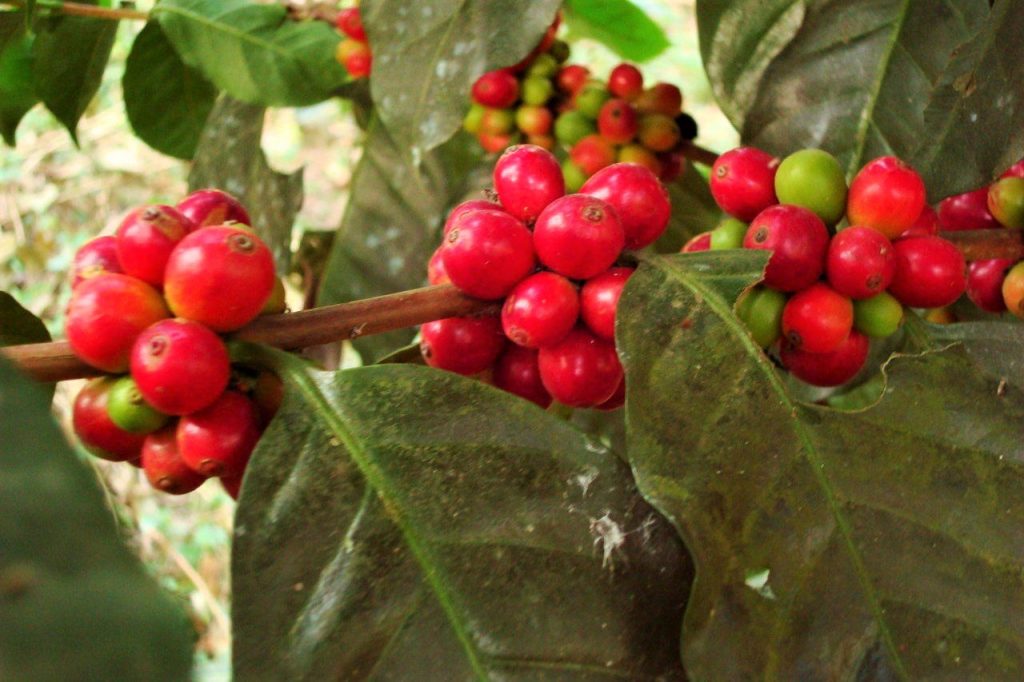
The red berries
The story started with seven seeds
It is the Arab connection that sowed the seeds for the history of coffee in India. The legend today is as old as the hills where it all began. A pilgrim called Baba Budan also known as Hazarat Shah Janab Allah Magatabi smuggled seven seeds of coffee in his tunic while he was on a pilgrimage from Mecca. The saint sowed the seeds in his garden near a cave in Chandragiri and the rest, of course, is history. The hills called Chandra Drona in the puranic age are now called Baba Budan Hills after the seer. The hills along with the famous Baba Budan Cave is one of the places to see in Chikmagalur.
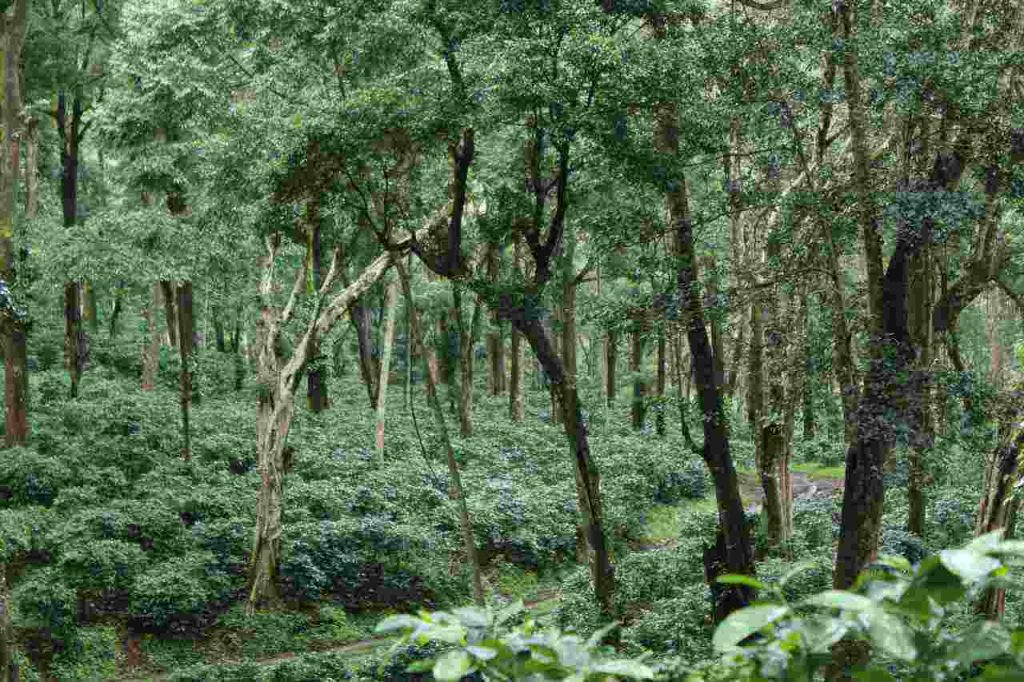
Coffee estates in Chikmagalur
Many years later, I visited Chikmagalur and spent some time in the family’s plantation, now managed by my uncles and cousins. It is amazing what a cuppa can do to awaken the spirit. A walk into the woods took us right inside the coffee plantation. Rows of arabica jostled for space with silver oak trees with pepper plants snaking around them.
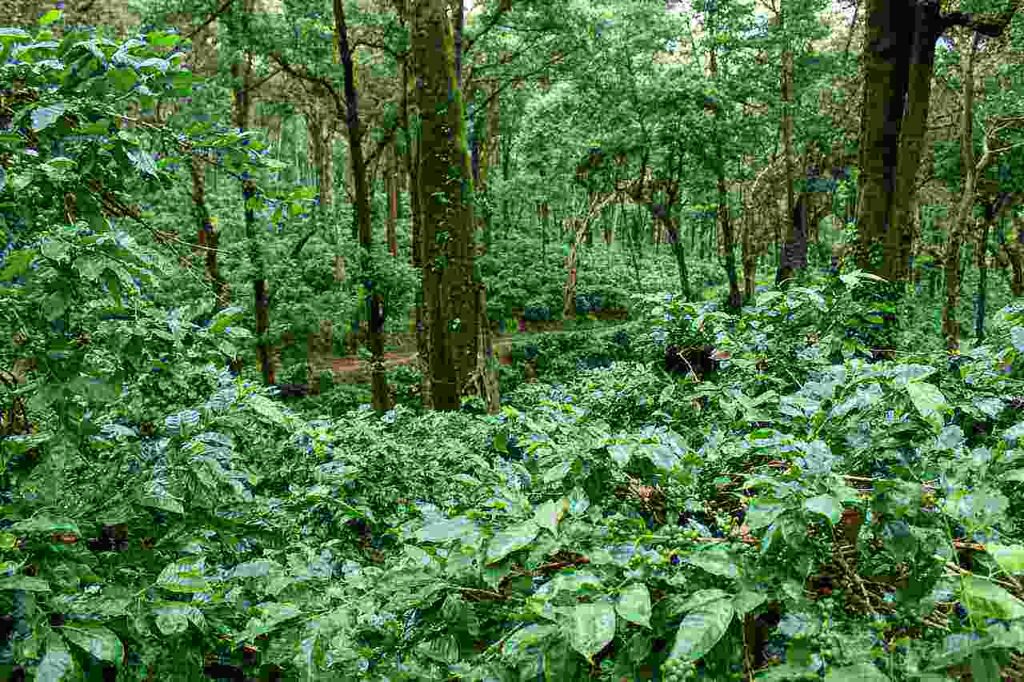
Wake up and smell the coffee
A ray of light lit the red berries that were waiting to be picked. We paused for a moment and looked at the vast expanse of greenery on the slopes of the Baba Budan Giri Hills that girdled Chikmagalur. This is the birthplace of coffee, where the seed was first sown more than 350 years ago.
The Wild Coffee
My grandfather had told us how the beans had slowly journeyed from the seer’s backyard into Karnataka. The local farmers planted the saplings in the neighboring villages around forests and mountains. It soon became a commodity for trade from the Malenad region. Coffee was taken by merchants to the West coast and from there sold to Arabs in exchange for salt and gold. The wild coffee slowly moved from Chikmagalur towards Mysore and Kodagu or Coorg as we know it.
Coorg coffee plantations
Coorg or Kodagu’s tryst with coffee soon started. It is believed that the bean was brought in here by the Mopla community from Kerala who traded with the Arabs. The locals cultivated coffee in the Nalknad area and initially and it is probable that most of the coffee grown initially was wild coffee. Soon small holdings came upon the fertile slopes of the Western Ghats which were too steep to grow rice. The homegrown crop was traded with the Bhatkal merchants for cash and kind. This was well before the British entered the scene and it took probably a century or more later for the “ forest produce” to become a plantation crop. The famous coffee plantations of Coorg had still not yet arrived on the scene.
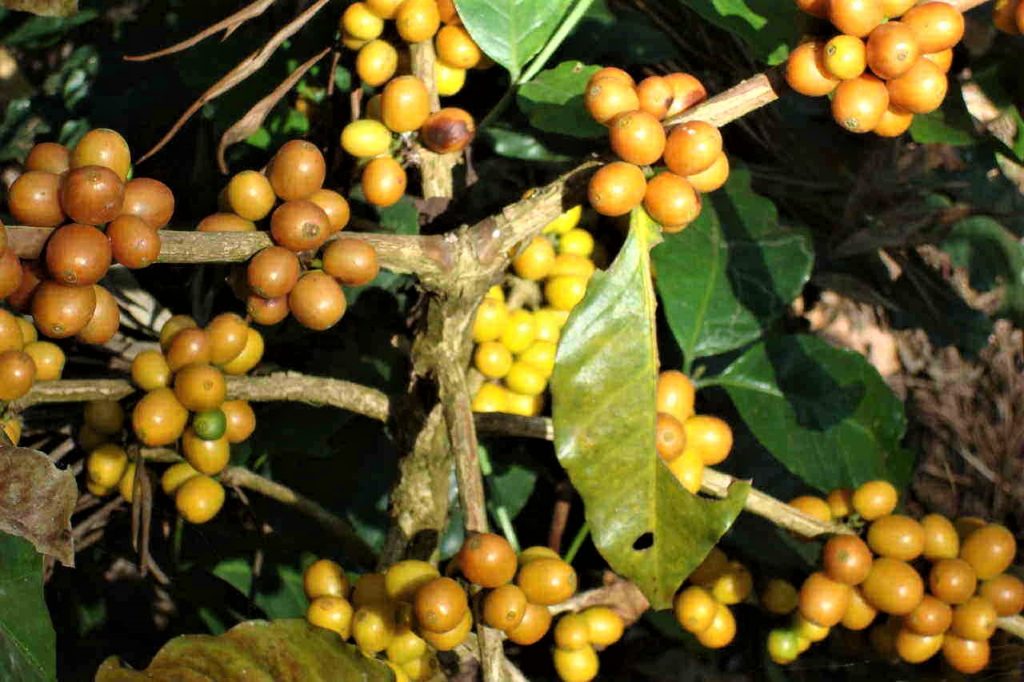
The Mysore Maharajas’ trysts with coffee
The Britishers featured much later in the history of coffee in India. While they did wake up and smell the commercial potential of the crop, it was the local rulers who had patronised the farmers. Mysore Maharaja, Krishna Raja Wodeyar 111 gave away lands and established norms. Even Tipu Sultan gave inams and rent-free lands to farmers. The locals grew the crop in small plots around their homes and it is said that the coffee trees grew up to 20 feet high. Soon coffee spread to Aigur in the Manjarabad region and to Saklespur, Belur, and Hassan. The capital of the ancient Hoysalas had become the capital of coffee.
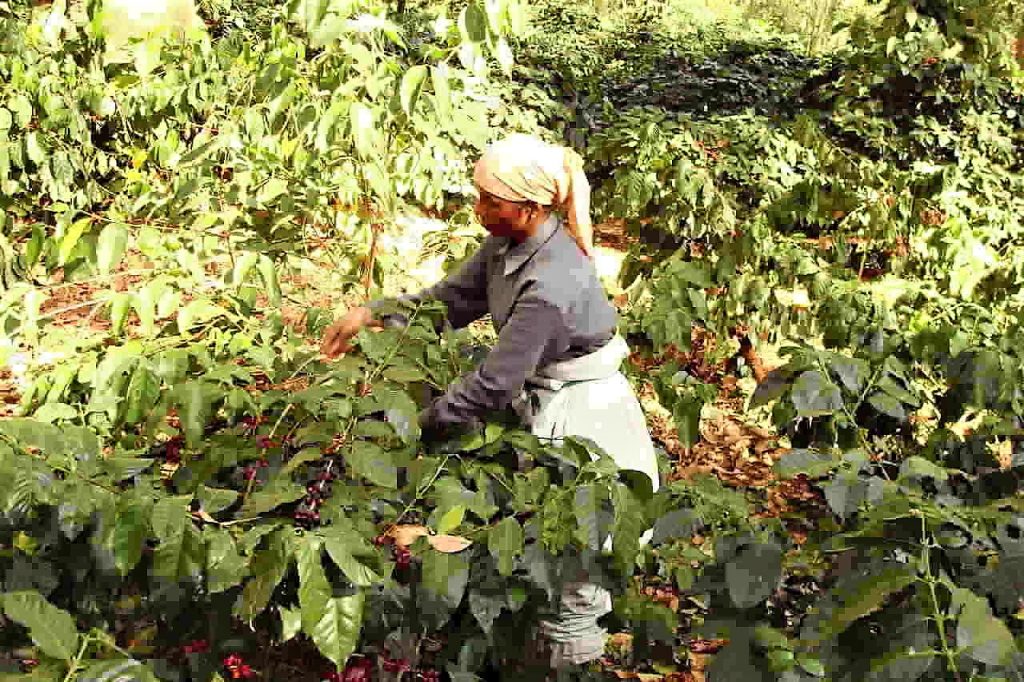
Life inside a coffee estate
History of Coffee in India
The Mysore durbar was controlling the coffee grown in Malenad at that time and the landowners had to give part of their produce to the state. In the 19th century, the Maharaja leased the collection of coffee to Parry & Company and the British stepped into the scene. This was just the beginning of the plantation story as coffee cultivation soon changed hands from the locals to the colonial powers. The coffee that was grown in hittlus or fenced lands soon started flourishing in estates and by 1830s, coffee was the key commercial crop in Malenadu
The advent of the British owned coffee plantations
The colonial control over coffee spread as estates started opening up. In Chikmagalur, Thomas cannon of Mylemoney had 500 acres and he exported Canon’s Mark one, named after the famous Canon Nose Peak in the hills. This was the beginning of the Chikmagalur coffee plantation story. Chikmagalur and Kadur called as North Mysore were the favorite areas followed by Saklespur and Manjarabad in Hassan district known as South Mysore. There was even a rush for land near Agumbe, but too much rains made the settlers settle for Koppa.
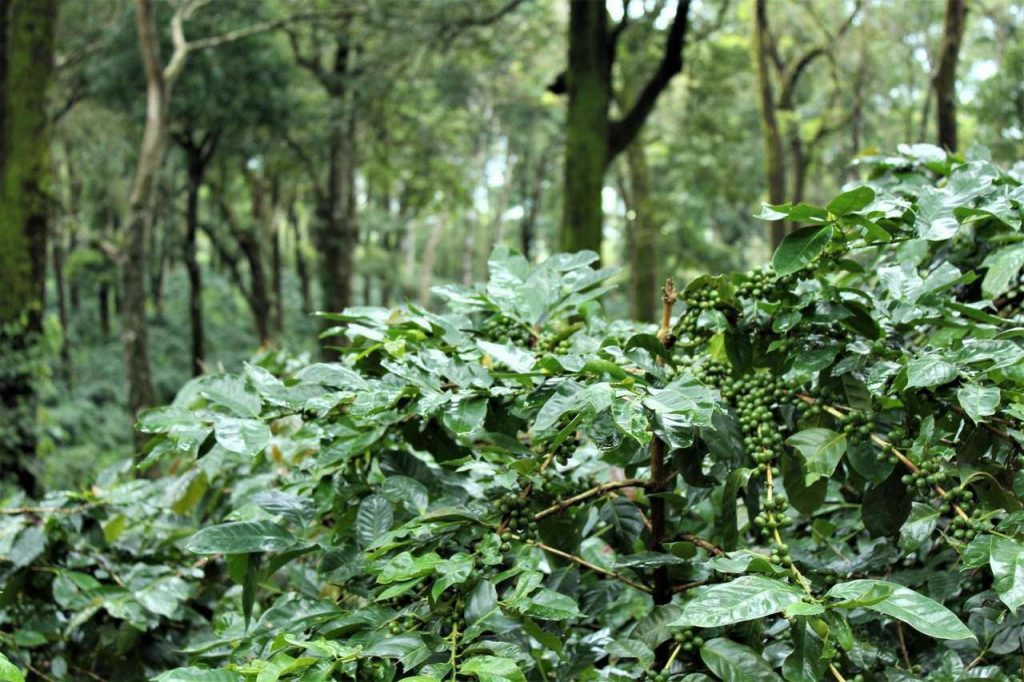
In Coorg, the first European coffee plantation was probably opened in North Coorg near Mercara or Madikeri around 1850 called Mercara Estate. South Coorg was earlier referred to as the Bamboo District with its large tracts of jungles and canopies of bamboo trees and this became home to robusta. It is said in less than 25 years, about 44,000 acres were planted with coffee. It reached its peak by 1880s by when the number doubled and coffee became synonymous with Coorg. Almost every family in Coorg had a small holding.
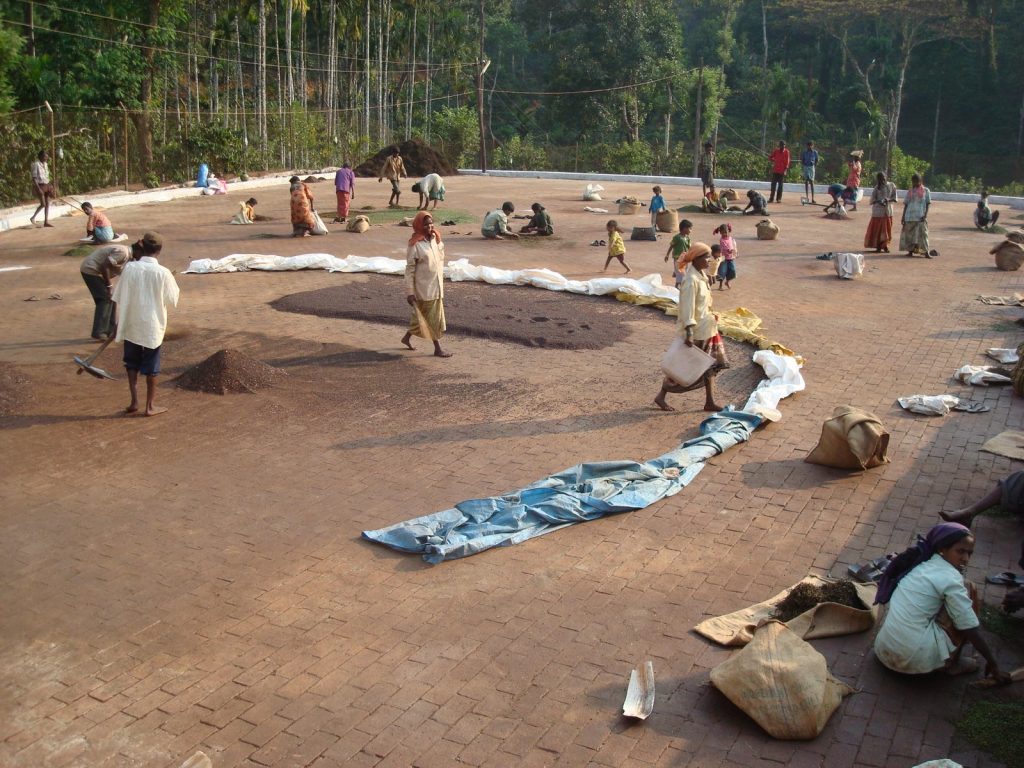
Inside a drying yard
Most estates even today are suffixed “Kan” and I was told that it meant forests. Forests offered the British owners game and their spare time was spent in killing tigers and gaurs in their estates. These Kans or forest lands were sought from the local government and a grant was given to them to cultivate coffee within a stipulated period of 3 years.
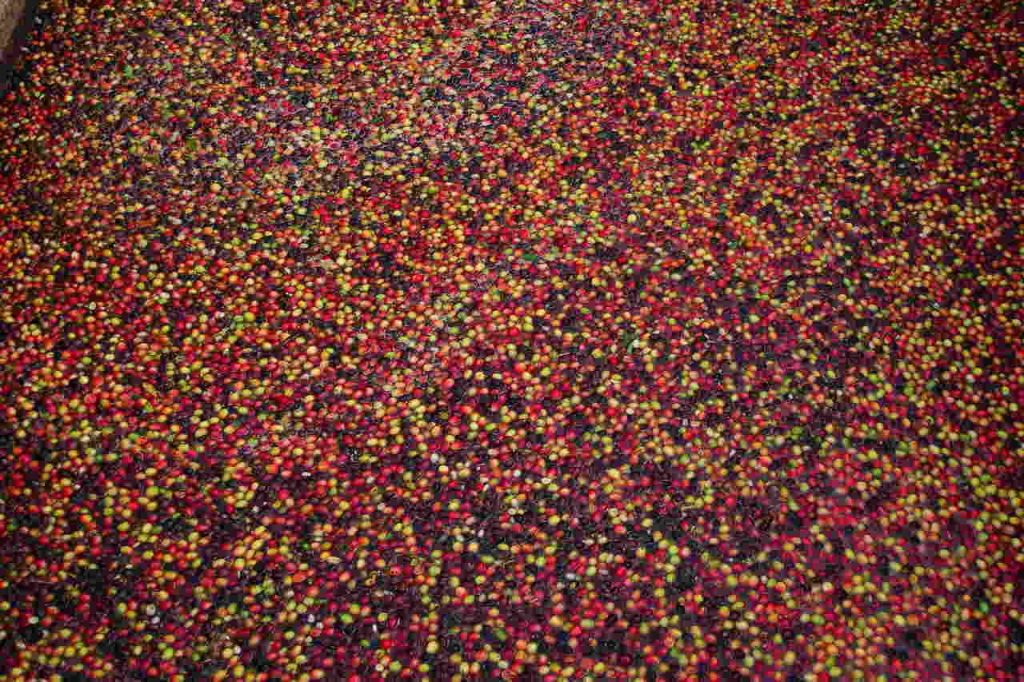
Coffee being pulped
The patta had details such as 300 plants were to be grown in an acre and the boundaries were specified and marked. It is recorded that a path had to be in the north, a stream in the south, a jack fruit tree in the east, and a path lined with trees in the west. The plants bore berries within 6 years and laborers were paid Rs 3 per day It is recorded that during Ugadi, in March-April, the laborers went home and returned only during August-September after the Gauri Puja, while the planters came to Bangalore to escape the monsoons.
The demand for Mysore Coffee world wide
Mysore coffee as it was called was in great demand in Europe.The mountain-grown large beans were blue-green in colour. It was shipped to Europe in wooden sailing vessels, taking four to six months to sail around the Cape of Good Hope before reaching their destinations. Coffee, stored below the waterline was affected by the humidity as moisture seeps through the wood and it underwent a form of treatment during its voyage. When that coffee reached Europe, it had changed its color from bright green to pale gold and had lost its new crop acidity. It was mellow in the cup and easy on the stomach and much sought after by the Europeans.

Coffee in a drying yard
Many people associate India with chai or tea but coffee has its own special place here. We looked out from the sprawling verandah into the Baba Budan Hills and into the blur green horizon that met our eyes. As we sipped our filter coffee, we wondered how a small cup of coffee had so much history behind it. Today, tourism has developed in almost all of Malenadu and there are so many places to see in Chikmagalur and its a dream to stay in a Chikmagalur coffee plantation from the British era or head to a coffee plantation in Coorg, but very few know the coffee bean story.
See my video on filter coffee story in Bangalore
This post was published as a part of a coffee table book on coffee. All photographs (except the first) are shot from our family estates near Chikmagalur and near a village called Biccodu near Belur.
Acknowledgments for research – Information collated from books and essays on the history of coffee in India, notably by historian Mr. S Muthiah.

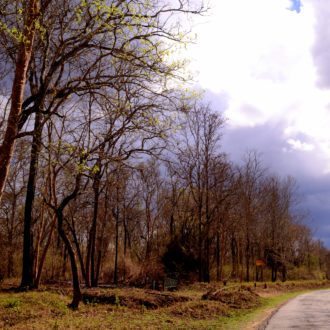
Wow! Didn’t know so much went into the making of that innocuous mug of my morning coffee! Thanks for sharing!
And, the history of how this commonplace beverage came about is fascinating!
So much of history behind our morning cup of Tea, Chikamagalur area looks so beautiful.. I have been there a few times and need to visit again
Though I am much more of a chai person but I find the the story of smuggling the beans so fascinating, every time I hear it!
This is amazing Lakshmi! I love my cuppa coffee. Be it is a stimulant when working or as a conversation excuse with friends. But your story is so special. I love trying coffee from different regions but knowing that coffee could actually drive someone’s travel love is so different and interesting. I loved the freshness of the article and the personal touch of your story. Thanks so much for making us a part of this beautiful story 🙂
wow. I am tea lover but I love coffee as well. especially cold coffee in summer months
your article described history and so many details of plantation.I am always keen to know about tea processing,coffee processing details.its nice information
Very Nice, I will visit soon
Fascinating story…
Visited Chikmagalur recently… It is God’s gift to us…